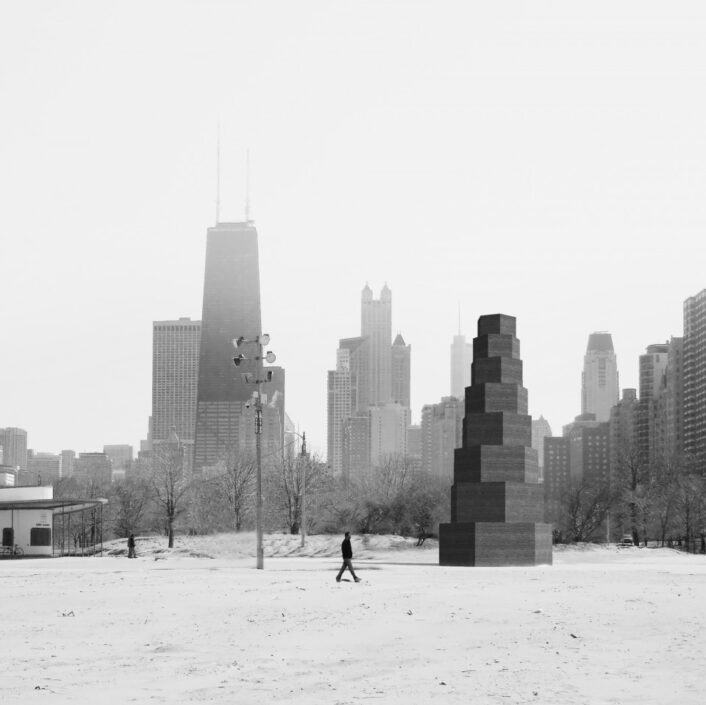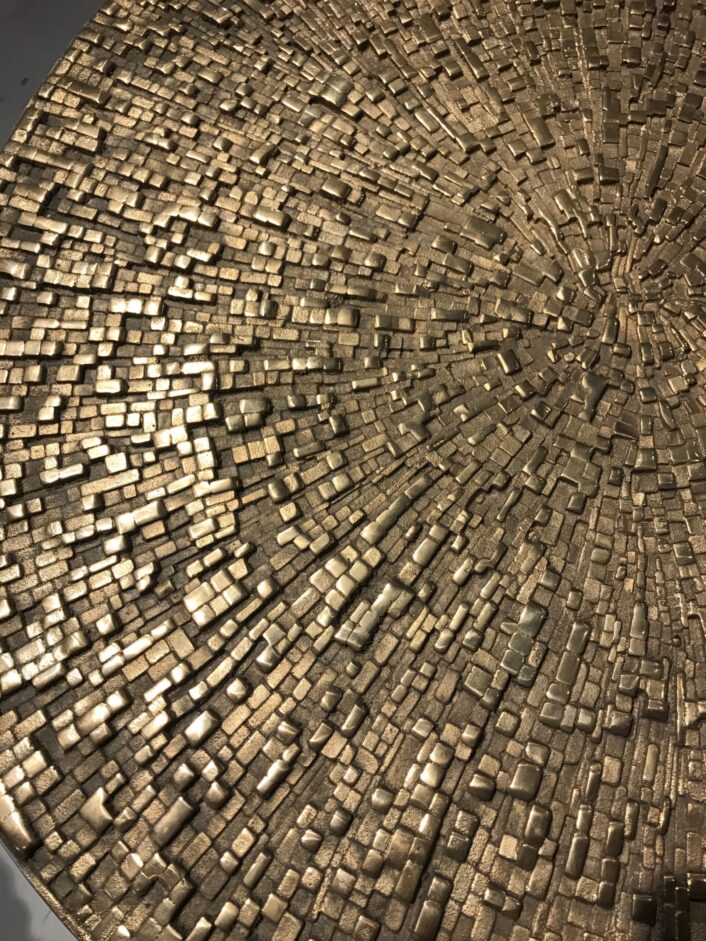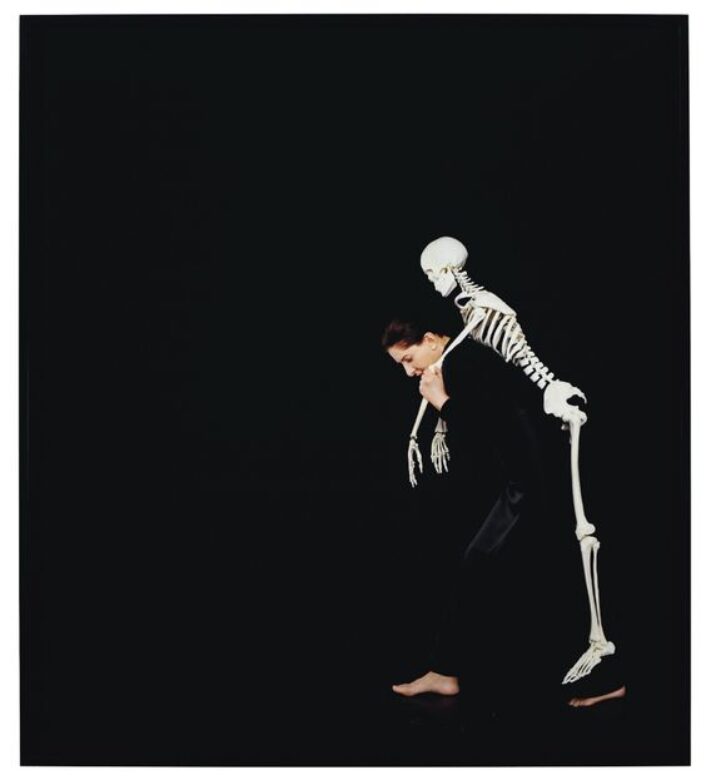Culture
Cleveland’s summer triennial for Contemporary Art
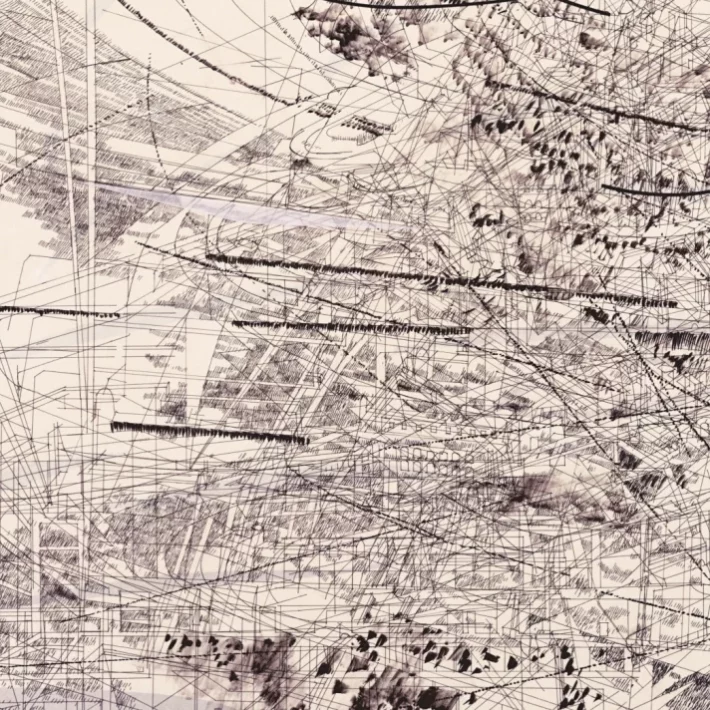
“Untitled (brigade),” 2005. Julie Mehretu’s piece was on display at the Cleveland Museum of Art’s Focus Gallery as part of the festival.
Image courtesy of: The News-Herald, photographed by: Erma Estwick
The second edition of the free, summer-long, region-wide art festival closed last week. From July 16 through October 2, Cleveland played host to the amazing FRONT International 2022 Cleveland Triennial for Contemporary Art. The fair, which was spread amongst thirty sites, featured 100 artists.
Specifically, art was featured in Cleveland, Akron, and Oberlin. In 2018, the festival launched with the inaugural edition, “An American City.” The first iteration was created by Artistic Director Michelle Grabner. The triennial brought in 90,000 visitors from more than 25 countries.
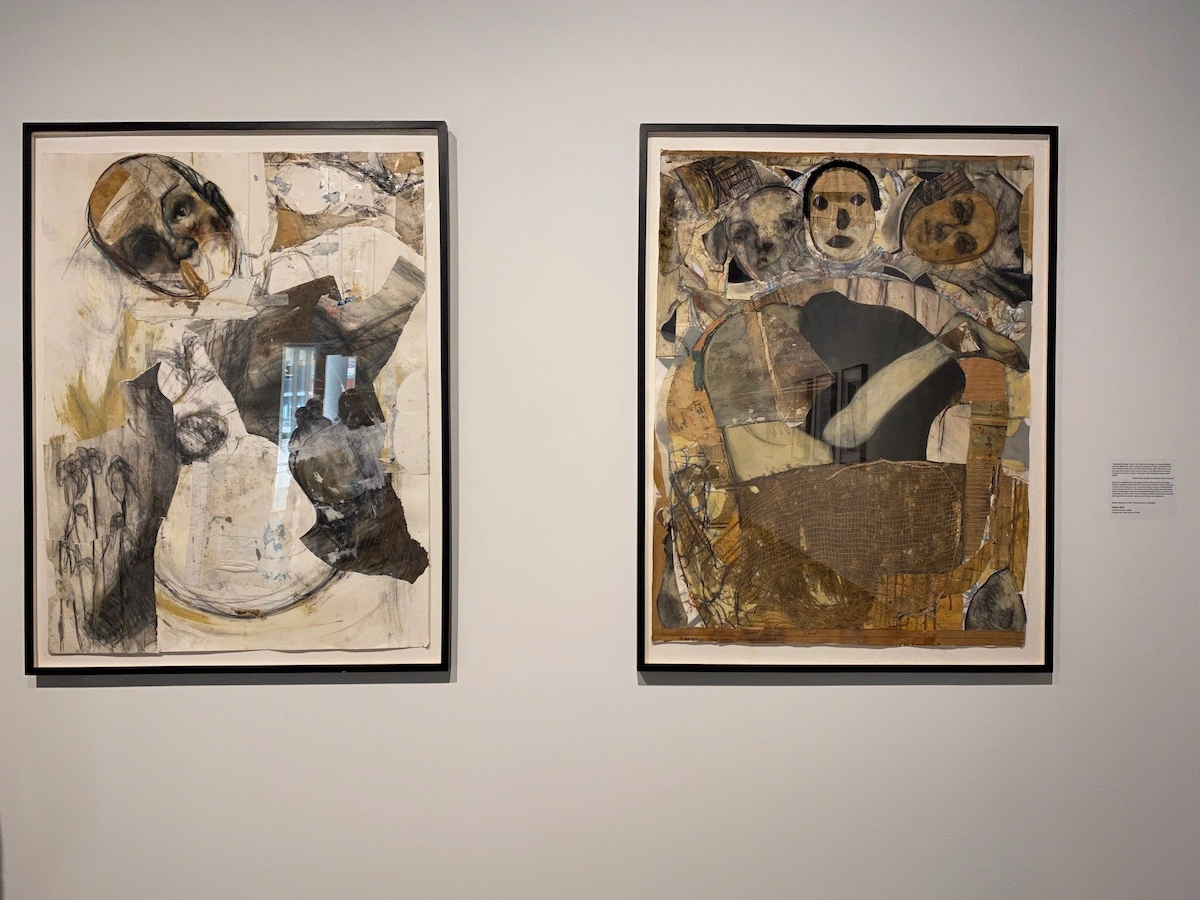
Two featured pieces by Drexel Davis. Several incidences of violence shaped the Cleveland-based artist’s life. Specifically, a beating by gang members in the early part of the 1990’s and a shooting not far from the museum where the artist was working as a security guard. Davis said that he turned to art in order to process the trauma he experienced.
Image courtesy of: ARTnews, photographed by: Alex Greenberg
The festival was planned for 2021; but like many other things, the pandemic caused a delay. With four years of planning, Pram Krishnamurthy, FRONT’s Berlin-based artistic director was excited to present this year’s theme, “Oh, Gods of Dust Rainbows.” The reference comes from a 1957 poem by Langston Hughes, “Two Somewhat Different Epigrams.” The poet had spent some time in Cleveland during his high school years; the hope is that the festival will enable viewers to embrace (courtesy of This is Cleveland), “art as an agent of transformation, a mode of healing and a therapeutic process.” When achieved, it was a fitting homage to Langston!
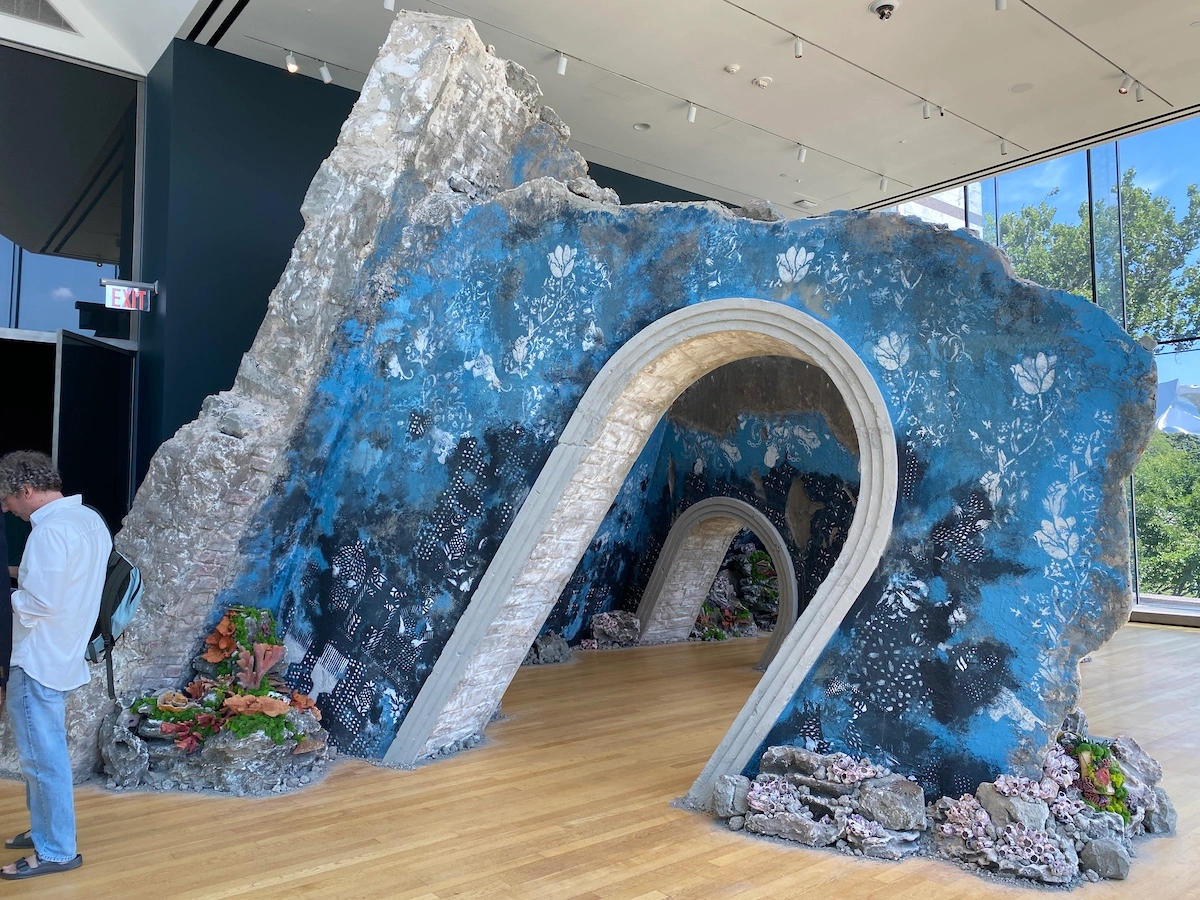
Firelei Báez’s “the vast ocean of all possibilities (19°36’16.9″N 72°13’07.0″W, 41°30’32.3″N 81°36’41.7″W),” 2022.
In a light-filled room at the Cleveland Museum of Art, several giant archways are positioned on the floor. Some arches look as tough they are encrusted with coral.
Image courtesy of: ARTnews, photographed by: Alex Greenberg
Cleveland was selected because of the city’s reputation as a “place of healing.” For example, Alcoholics Anonymous began in Akron, and one of the world’s most highly regarded medical facilities, the Cleveland Clinic, is local. As such, it was only natural to select Cleveland to host the summer-long festival. Krishnamurthy said that three themes about art were front and foremost when putting together the monumental event; “that the everyday ritual of art-making is a form of therapy that helps liberate the individual; that music, movement and aesthetic pleasure bring different people together toward healing; and that artists question existing structures to envision more equitable ways of living on a planetary scale.”
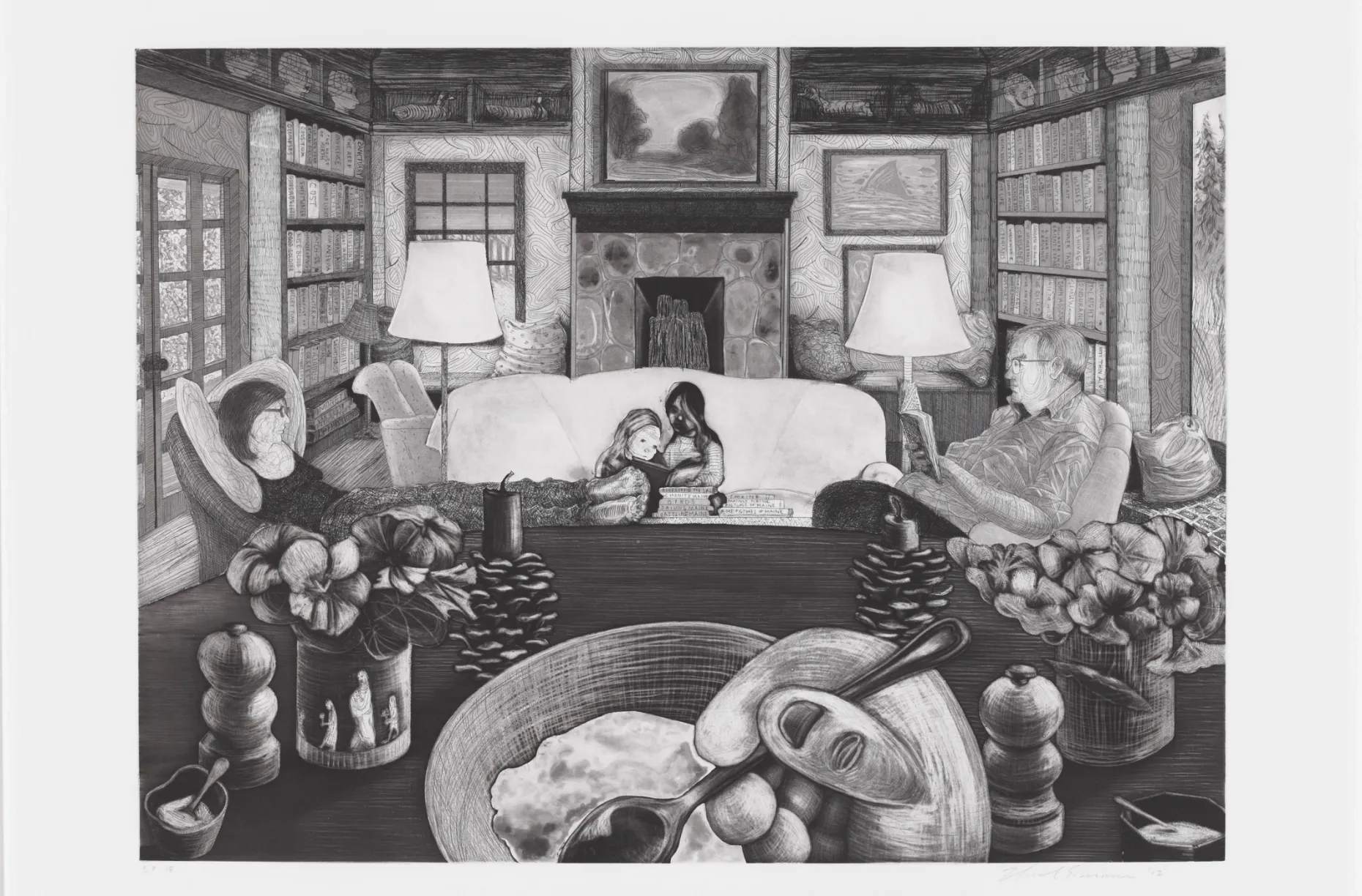
“Watermark,” 2012. The Nicole Eisenman work was on display at the Cleveland Museum of Art as a part of FRONT International: Cleveland Triennial for Contemporary Art.
Image courtesy of: Image courtesy of: The News-Herald
The triennial is the brainchild of Fred Bidwell, a philanthropist, collector, and community leader. In 2011, Bidwell and his wife founded the Fred and Laura Ruth Tidwell Foundation. The pair followed up with opening the contemporary art exhibition space, Transformer Station, in 2013. Periodically, the Transformer Station serves as the venue where the Bidwell’s exhibit their amazing collection of photo-based contemporary art.
Bidwell was adamant about staging a second triennial, even though it was a year behind the original schedule. He strongly believes that even with 100 different artists from various nationalities and of vastly different ages, there are common ideas, “the necessity of psychological regrowth in the wake of tragedies, music as a community-based form of rehabilitation, and archives as fonts of information about prior disasters.”
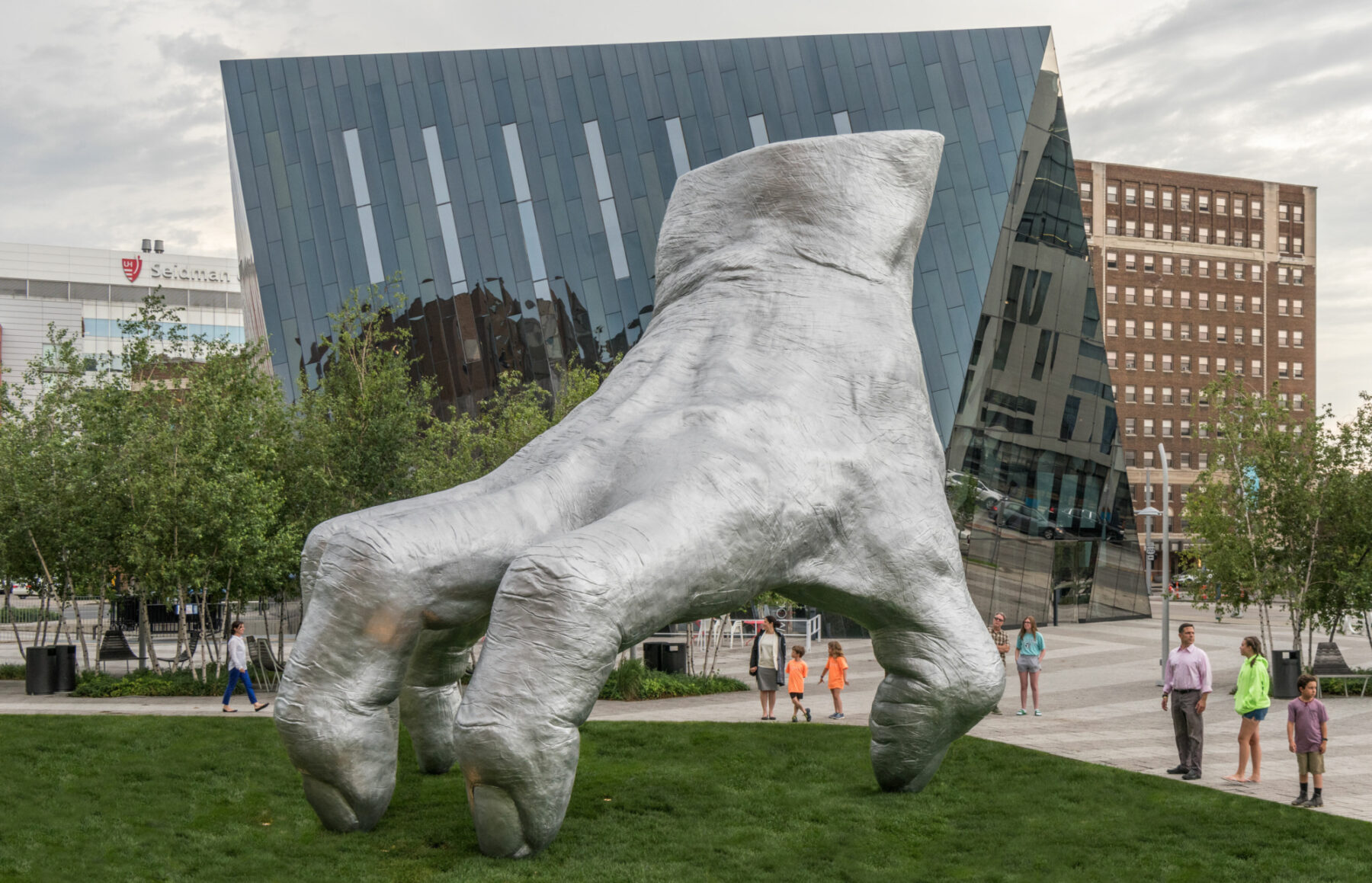
By Tony Tasset, “Judy’s Hand Pavilion,” 2018. On display at Case Western Reserve University.
Image courtesy of: FRONT Art
The “free” festival brought in more than $31 million in new economic activity to the area. But most importantly is that community (and visitors) were able to experience the full potential of art. Krishnamurthy said, “One of the fundamental beliefs of this exhibition is that art has the ability to speak with power that artists have a privileged position where they sit with those who have power — social, economic, cultural, spiritual power. And they also have the means and the tools to prototype new ways of living. and this is a power that art can bring to the world to change it in smaller and bigger ways every day.”
We are already excited about 2025’s edition!
